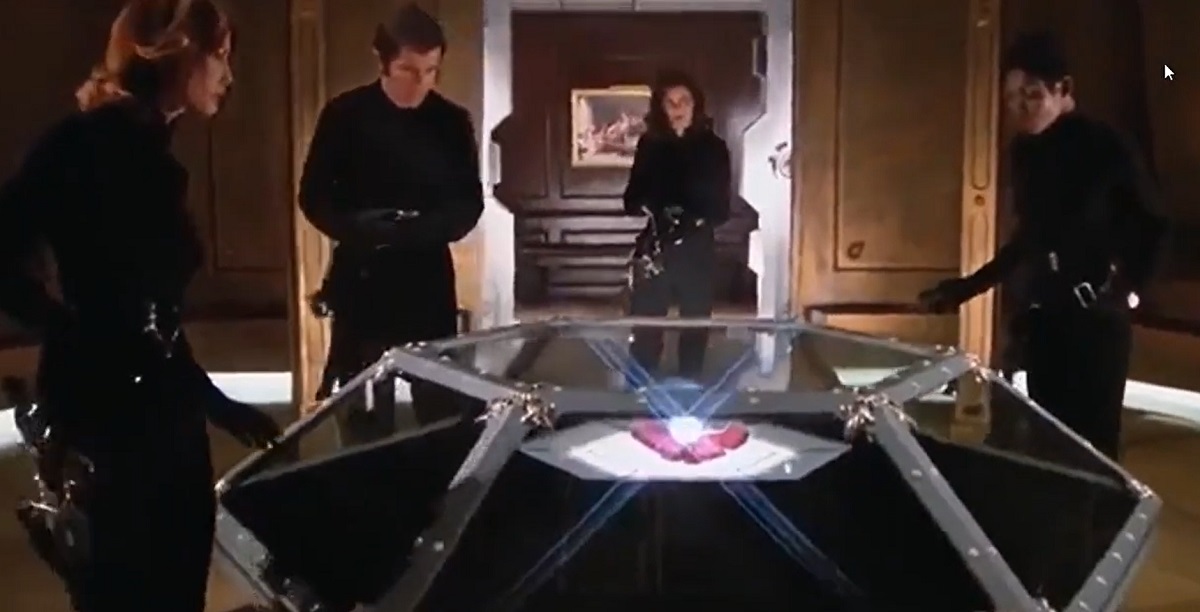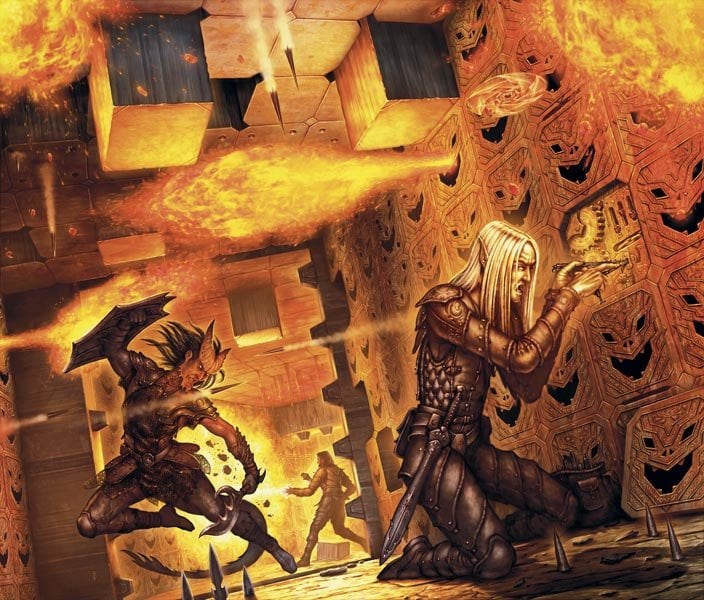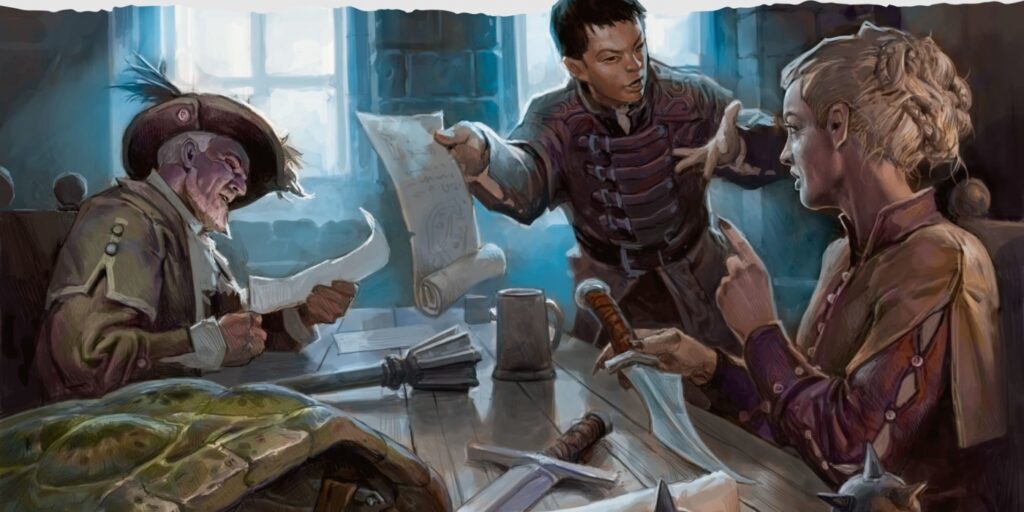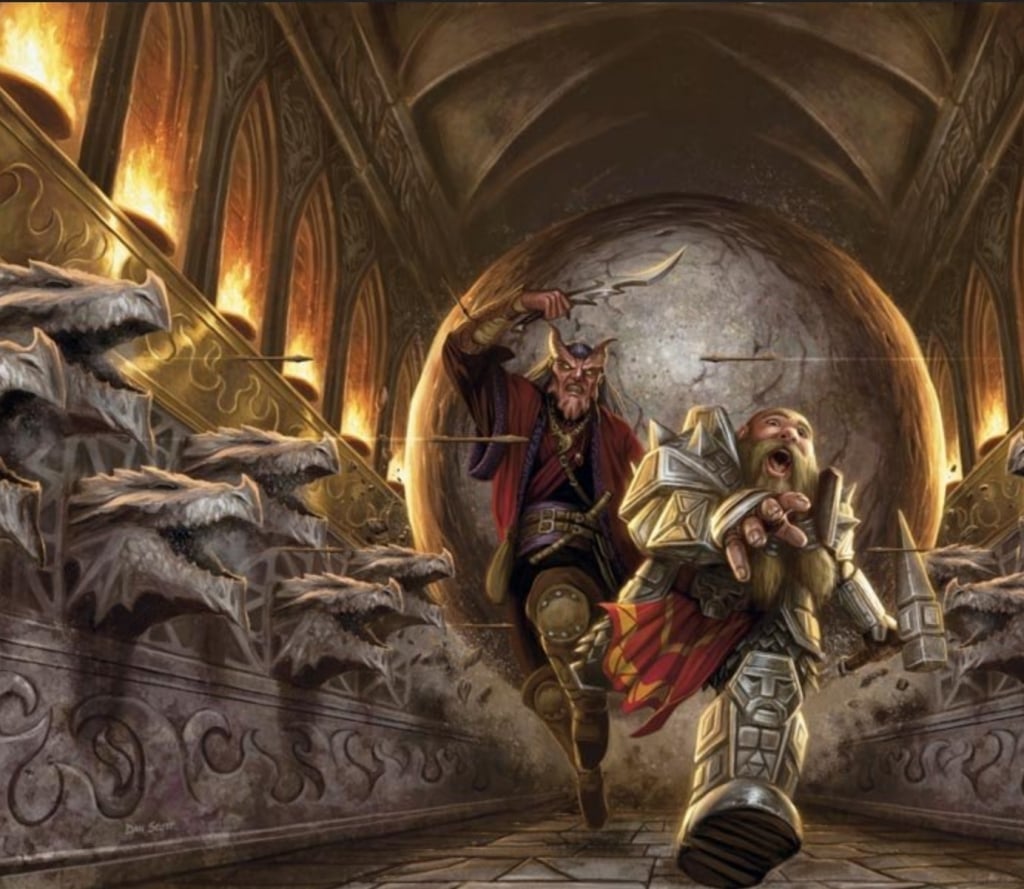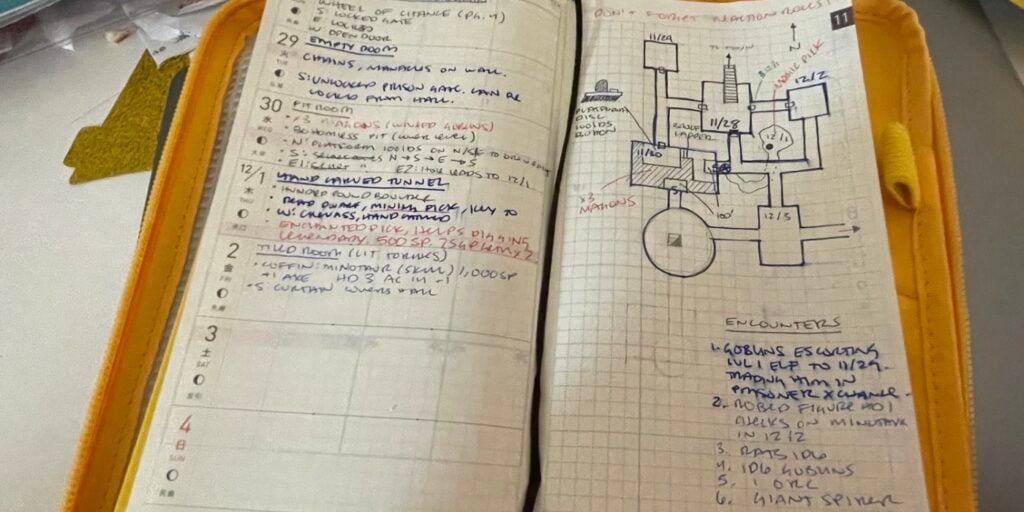How to Run a Heist in D&D
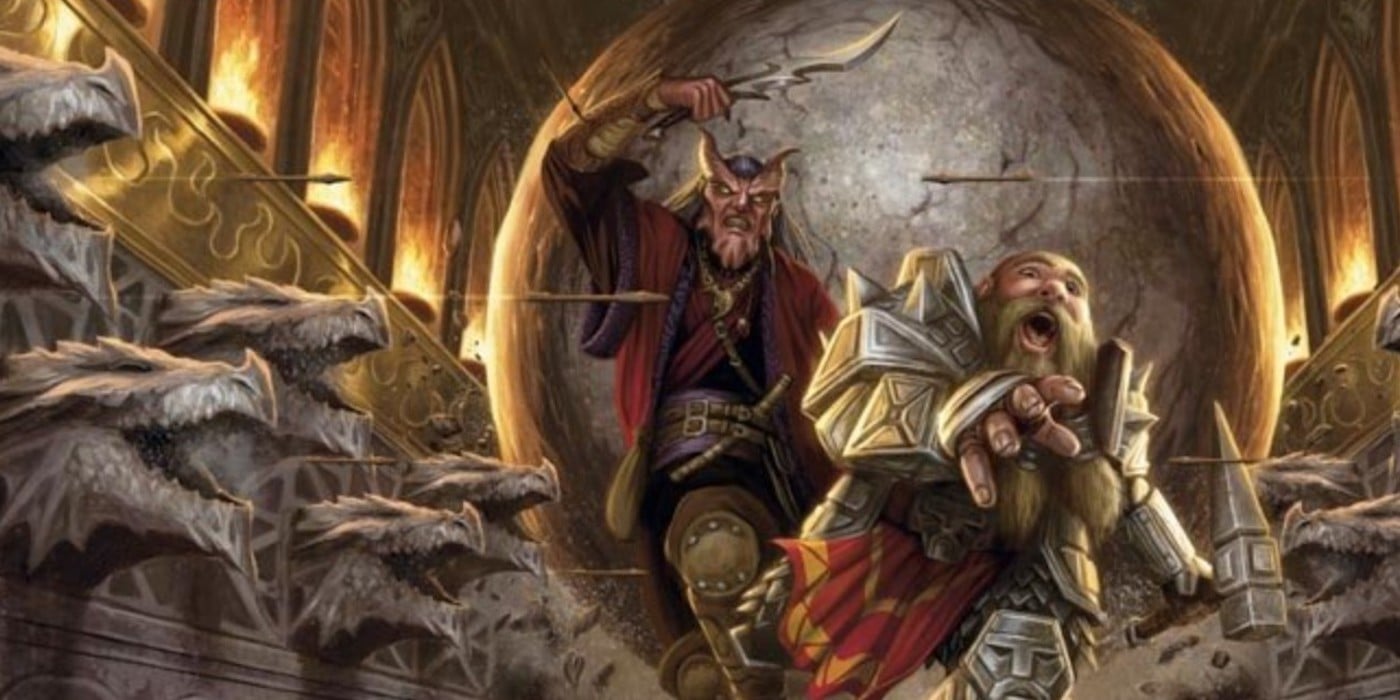
D&D’s first new book of the year, Keys from the Golden Vault, promises to bring heists to your game. But how do you run a heist in D&D?
Back in 2018, Wizards of the Coast released their big adventure Waterdeep: Dragon Heist, which infamously featured only one dragon and zero heists. This year, in a scant few months, Wizards of the Coast approaches the genre once more with Keys from the Golden Vault. Keys from the Golden Vault will be an anthology collection “with a heist at the center of every tale.”
But how do you actually make that happen? What makes an adventure a heist? The answer is complicated because tastes and genre categories are subjective. One person’s thriller is another person’s action movie. But in general, there are a few core concepts that make something a heist. What are they? Glad you asked.
The Score
At the heart of every heist is something valuable that someone has that someone else (usually multiple someones) want(s). This could be anything from a huge pile of money to a fantastically large gem, or in the case of a world with magic, powerful magical items or secrets.
These are the kinds of treasures that are legends in their own right. They have a narrative weight in the world. Like the Baseball Diamond from The Great Muppet Caper. Or the Declaration of Independence.
It’s the kind of big audacious thing that, when you say “I’m gonna steal it” other characters blink in disbelief.
That’s what separates a heist from a mere robbery. Anyone can steal a painting. But the Mona Lisa, on the other hand…
The Danger
This brings us to another point. Heists are often about not just big scores, but overcoming big odds to get them. Classic heist movie tropes involve lots of specialized tools. Whether that’s borrowing one of the drills that built the Chunnel to drill into a casino vault in Ocean’s 11, or a hacker arranging a massive traffic jam to get all of Turin clogged up.
The Score should be seemingly impossible to steal. After all, that’s what makes a heist exciting, they’re about overcoming those impossible odds. Especially when there’s a surprise twist or a new dangerous element added that you didn’t account for. This could be unaccounted-for guards, or a visiting noble expecting the treasury. Or Sean Bean is out to kill you because he wants all that money.
The Plan
At the heart of any good heist is a complex plan. And here’s where RPGs tend to run into trouble. Because if you’ve ever played through a session where all you do is come up with a plan, that’s hard.
And doubly so in RPGs, where your characters often have access to skills and knowledge that you, the player, don’t. Sure Grogar the Nimble is a master thief with years of experience. But Sam the Junior Associate is still trying to figure out what they’re associated with, in a junior respect.
This is why games like Blades in the Dark elide the heist planning into the action. You provide a single detail but the plan unfolds in play. Which gets you right to the game.
But in a game like D&D? There aren’t rules for “planning a successful heist.” That’s sort of left to the players, and the DM, who has to provide all the details the players would learn.
So How Do You Run a Heist in D&D?
Now, you can always just play a game that’s designed to recreate a heist from the outset. There’s a reason Forged-in-the-Dark games have taken off so much. And that’s probably the easiest way to get your group to play a heist.
But, for many D&D provides an experience they’re looking for. And running a heist in D&D just means having a little extra prep handy. The key is not to get bogged down in details — there should be enough of them to coalesce a plan around. And the rest you can navigate on the fly.
So in the case of something like “a gem protected by magical wards,” you might give players enough of a crack that they can wedge their solution into. Maybe there’s a magical token that helps them bypass the ward. Or a means of breaking the spell that gives them a limited amount of time.
A great rule of thumb is: coming up with solutions shouldn’t be the challenge; pulling them off successfully should be. Use players’ skills as a way to offer solutions to players getting stuck in details. Or if you can’t think of something but your character might know the answer, ask if you can make an ability check. The important thing is to try and keep the energy up at the table.
As players, we love coming up with solutions and then jumping into them. But when that gets tricky, the session drags.
It’s Best When it All Goes Wrong
If you’re seeing a lot of furrowed brows and silence, or worse yet, dice stacking at the table, it’s time to intervene. Characters who live in the world can help provide clues outside of the player’s own abilities. But that requires the DM to actually have them.
And on both sides of the table, it’s important to keep in mind that the best plans are never perfect. The most satisfying part in a heist movie isn’t when things go off completely without a hitch and the heroes are never in any danger.
It’s when everything goes awry and you have to scramble to try and put things right. When the big chase sequence happens. So it’s probably best not to fight it.
Have more questions about running a heist? Why not check out The Roleplayer’s Guide to Heists, a collection of system-agnostic heists that span genres? Even ones suitable for D&D. Alongside heist setups, you’ll find essays and other helpful tips too.
Happy adventuring!

